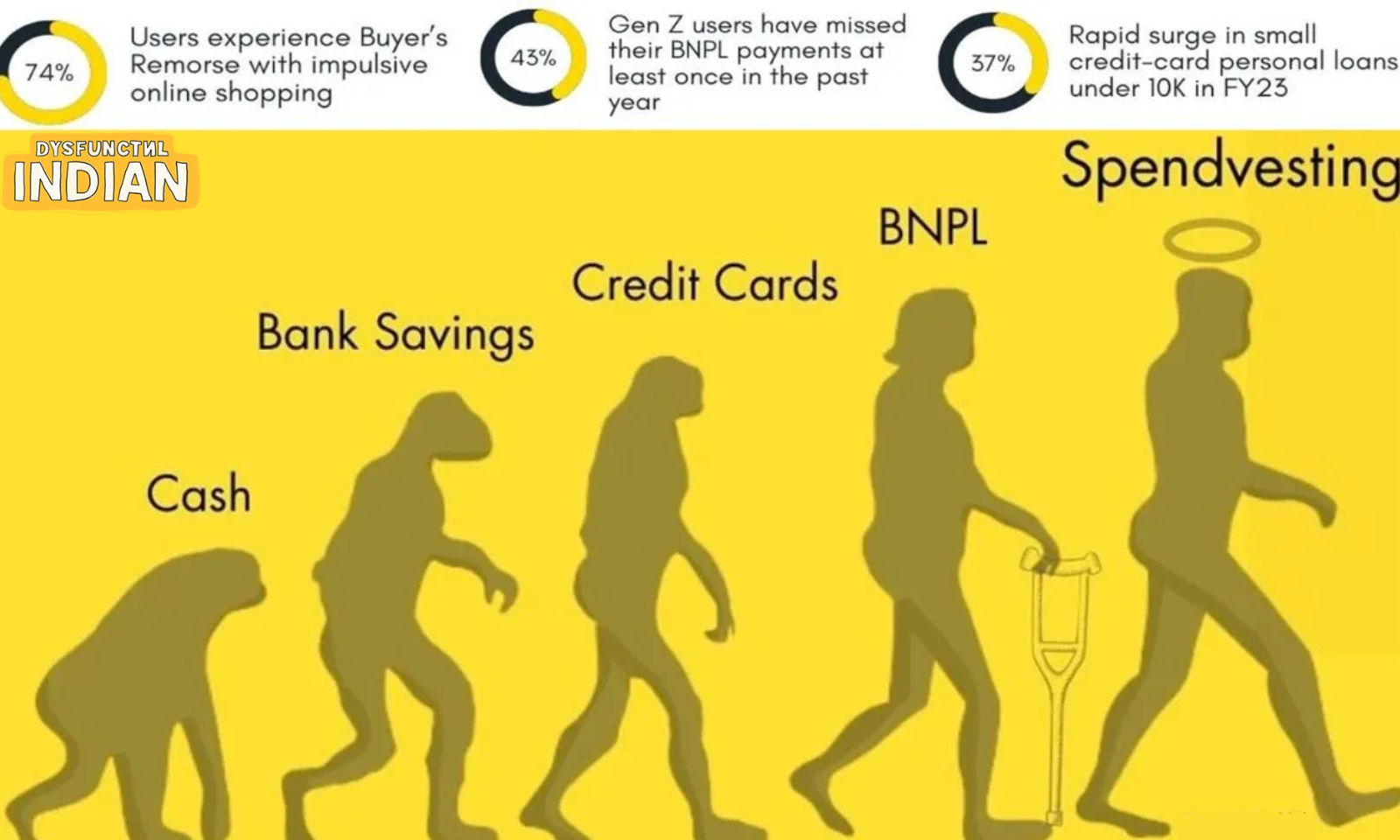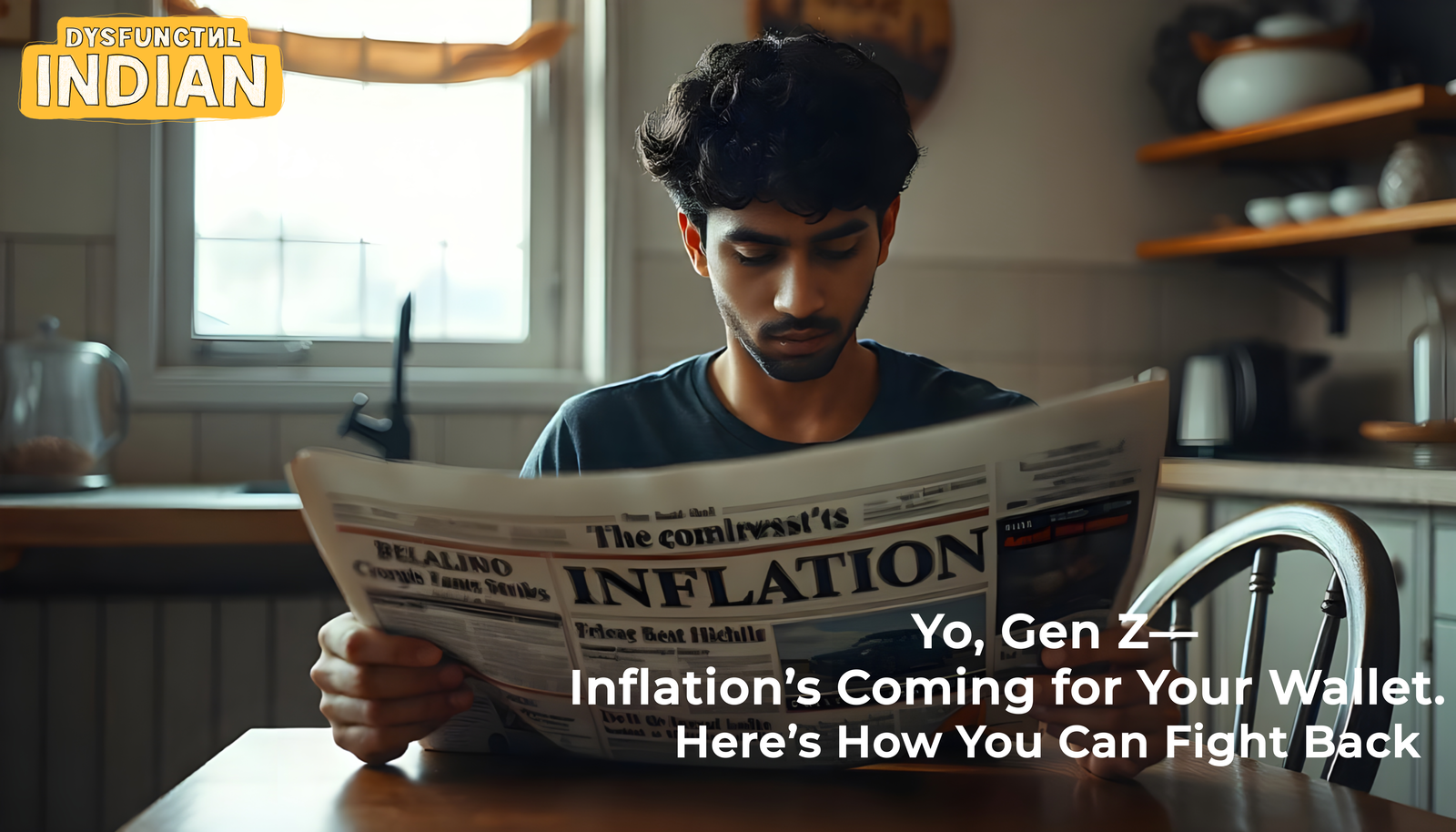Why we Love To Watch What We Hate
Posted by admin on 2024-11-06 |

In the age of endless entertainment
options, a peculiar trend has emerged: people willingly spend hours watching
content they can’t stand. From shows like Bigg Boss to purposefully
awkward reality TV, we seem strangely drawn to material that makes us cringe,
irritates us, or even outright frustrates us. This phenomenon, known as
“hate-watching,” is not just an odd viewing habit; it has deep roots in human
psychology and cultural shifts. But why do we indulge in something we claim to
dislike?
What Exactly Is Hate-Watching?
Hate-watching refers to watching
shows or content that we find lowbrow, annoying, or morally questionable, but
tuning in nonetheless. This isn’t just passive consumption; hate-watchers
actively discuss and dissect the content, often critiquing it on social media
or in conversations with friends. Take shows like Keeping Up With the
Kardashians, which has a global audience partly composed of people who mock
the extravagance and drama yet keep coming back.
In India, the notorious Bigg Boss
continues to captivate audiences season after season, despite criticism about
its often absurd drama and controversy. It’s a show many viewers claim to
“hate” but are quick to catch up on episodes and memes. Hate-watching has even
become a bonding activity, as viewers relish in collectively tearing down a
piece of media they perceive as ridiculous or poorly made.
The Psychology and Effects Behind
Hate-Watching
Psychologists suggest that
hate-watching taps into a blend of emotions and motivations. Dr. Jonathan
Cohen, a media psychologist at the University of Haifa, explains that viewers
experience a sense of moral superiority and catharsis through hate-watching.
“When people watch others make questionable choices or engage in cringe-worthy
actions, they experience a vicarious satisfaction by thinking ‘at least I’m not
like that,’” says Cohen. This distancing effect allows people to feel better
about their own choices and personality by comparison.
Studies suggest that repeated
exposure to highly dramatic or unethical scenarios may gradually desensitize
people or alter their perceptions of normal behavior. It may also detract from
time spent on more enriching content that could benefit viewers in the long
run. In a broader sense, hate-watching could impact the entertainment
landscape. By giving attention—even ironic attention—to content that might not
merit it, viewers encourage the creation of more “hate-worthy” material.
Cringe Culture and Irony
Over time, another sub-trend has
developed within hate-watching: ironic enjoyment of “stupid” content. People
now watch shows or videos specifically because they’re terrible or
mind-numbing, finding humor and entertainment in low production quality,
exaggerated acting, or nonsensical storylines. In a sense, bad content becomes
“so bad, it’s good.” The Internet has enabled this with platforms like TikTok,
where people make and share cringe-worthy videos for comedic effect.
A classic example is the cult
following of movies like The Room or Indian television’s infamous
“Naagin” series, which feature melodramatic acting, over-the-top visuals, and
plot holes. These shows offer an ironic form of enjoyment; people don’t
necessarily believe the content has artistic value but find joy in its
absurdity. As media critic Myles McNutt puts it, “ironic enjoyment has allowed
people to both celebrate and ridicule content, which keeps it relevant longer
than it might have survived otherwise.”
The Role of Social Media in
Amplifying Hate-Watching
Social media has turned
hate-watching into a communal event. Platforms like Twitter and Instagram
provide forums where viewers can dissect and mock content in real time.
Hashtags, memes, and reaction videos fuel these discussions, turning shows like
Indian Idol or Indian Matchmaking into shared hate-watch
experiences.
For many, the real entertainment
lies in the commentary, as people find camaraderie in collectively eye-rolling
over poorly scripted scenes or bizarre reality show twists. This shared
experience, as trivial as it may seem, fosters a sense of community among
viewers who might otherwise have little in common.
The Media Industry’s Response to
Hate-Watching
The media industry has caught onto
this trend and, surprisingly, embraced it. Producers are now aware that
generating a polarizing reaction—even a negative one—can draw more viewers.
Some reality shows deliberately amplify conflict, while streaming platforms
strategically release controversial or exaggerated content knowing it might get
the “hate-watch” treatment. This attention translates to higher ratings, more
subscriptions, and increased advertising revenue. In essence, the industry has
discovered that controversy sells, even if it’s not exactly respectability.
In fact, streaming services like
Netflix sometimes lean into “bad” content on purpose. Shows like Too Hot to
Handle, a reality dating show about abstinent singles in paradise, was
engineered to trigger reactions from both those who find it hilariously dumb
and those who watch it ironically.
Embracing the Trend or Moving On?
Hate-watching, like all trends, has
its moments and its place. It allows us to unwind, feel superior, and share
laughs. For now, it remains a relatively harmless way to engage with media
critically and humorously. But as the entertainment landscape continues
evolving, it’s worth questioning how much of our time is devoted to laughing at
the “cringe” and whether we’re missing out on content that could enrich us in
other ways.









